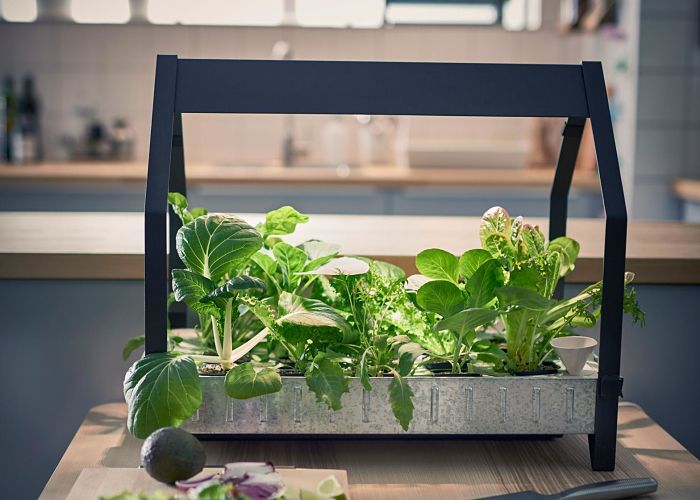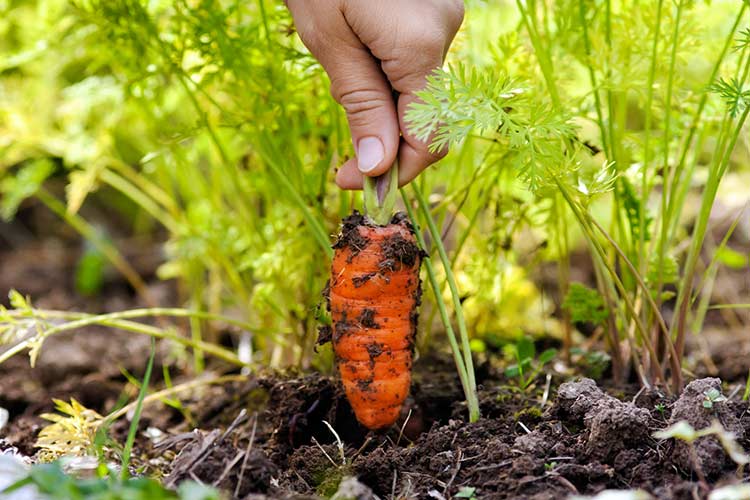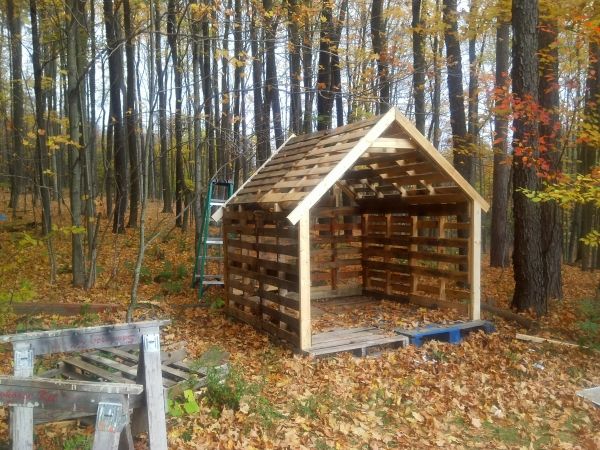At this point you have probably already heard about hydroponics, which is the technique of growing plants both in water and in a mixture without soil. Its growing popularity is not surprising, as it is a very simple and fun way to grow plants. It is also a way to add a more modern and elegant style to your home.

But what exactly plants can you grow hydroponically? Depending on the system you have, the list may include vegetables, herbs, annual flowers, and small fruits like strawberries.
In fact, pretty much the only plants that are not well suited to hydroponic gardening are those that need a lot of room to expand, climb, or grow (like vines and trees) and root crops (potatoes, carrots, onions).
Easy to grow hydroponic plants for beginners.
If this is your first foray into the world of home hydroponics, you have to try one (or more) of these plants that you cannot miss.
- Vegetables: Grow salad bowls filled with greens with leaf lettuce, romaine, butter lettuce, spinach, or kale. Let the plants reach full size, remove them as tender salad greens, or harvest individual leaves as needed; It’s your choice.
- Herbs: Basil and mint grow very well as hydroponic plants. Harvest both plants regularly to keep them bushy and prevent them from falling off.
- Strawberries– These pretty plants thrive in hydroponic gardens (including relatively small multi-pot systems). And they produce a lot of delicious berries.
- Tomatoes and Peppers: Yes, you read that right! Just be sure to choose the “patio”, “dwarf” or “lunchbox” varieties.
- Cucumbers– Choose shrub varieties that don’t tangle and place your hydroponic containers in a location with good air flow to help reduce the chance of disease.
- Marigolds– These cheery annuals grow great in hydroponic systems. If marigolds aren’t your thing, try petunias, impatiens, or pansies.
Tips for choosing hydroponic plants.
When selecting which plants to grow using hydroponics, these are important things to keep in mind:
- If you are growing plants for use in the kitchen, be aware that hydroponic growing systems can produce a lot of crops, so you may not need as many plants as you usually do.
- If you want to start your hydroponic garden with young plants or seedlings, wash the soil off the roots carefully before transplanting them into your hydroponic system.
- Make sure to group the plants that have the same nutritional needs. For example, put the plants you grow for their vegetables (like lettuce and spinach) together and the plants you grow for their fruits (like tomatoes and eggplants) in a separate container.








